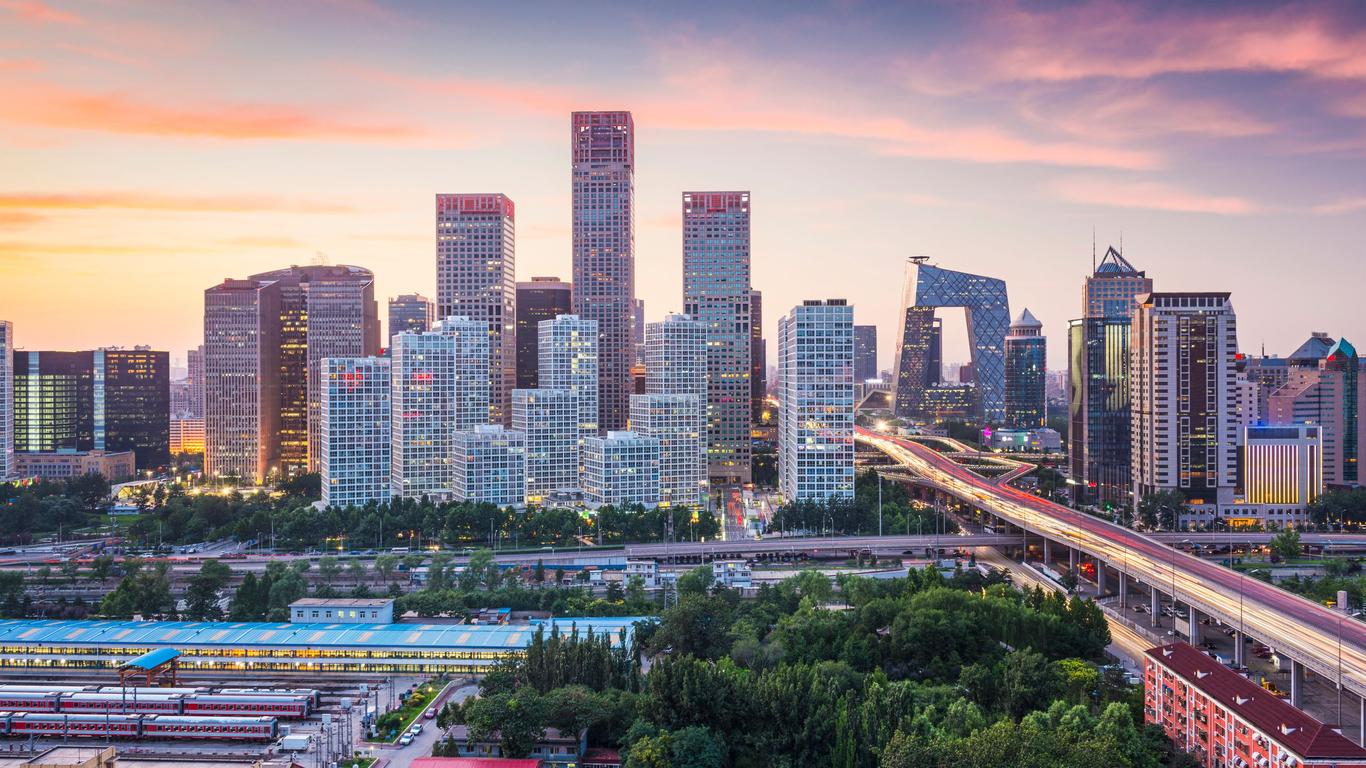Beijing’s main international airport lies 32 kilometres to the north of the city centre and is a hub for the People’s Republic of China’s flagship carrier, Air China. It is Asia’s busiest airport and the second busiest in the world for passenger traffic, and since the 2008 Olympics boasts the second largest airport terminal in the world.
Newly built Terminal 3 has been designed with numerous traditional Chinese elements, including a large copper “menhai” vat once used in the Forbidden City and an Imperial style garden as featured at the Summer Palace. There is also an international food hall with more than 70 different eateries to choose from, together with duty-free shops, convenience stalls and a children’s playground. Terminal 1 and 2 are both on a smaller scale and with more limited facilities, linked via bus and a public walkway. All three terminals service both domestic and international routes, with Air China, One World and Star Alliance flights focused on Terminal 3.
Beijing Capital International Airport is connected to the city centre along the Airport Express Line of the Beijing Subway, as well as by numerous bus services to railway stations across the city. Taxis wait in ranks outside the terminal buildings, and all three are connected by a free inter-terminal shuttle bus service which runs every 10 minutes.
Beijing Capital International Airport first opened in 1958 with just one small terminal building which still stands today, and the first international flight was from Islamabad with Pakistan International Airlines. A larger terminal, named Terminal 1, opened in 1980 and Terminal 2 in 1999, with Terminal 3 and an additional runway completed in 2008 to see the airport overtake Tokyo Haneda as Asia’s busiest.





